What The Tech?! The Transistor
The transistor ushered in the era of miniaturized electronics.
As we’ve explored our What the Tech series, you might have noticed a familiar pattern within some of our articles. Namely the pattern where a device starts off as a large bulky item before being miniaturized, allowing for mass production and large scale adoption. However there’s a simple piece of technology that revolves around all these things and was critical in their evolution and that component is the transistor.
Today we’ll be looking at how this little piece of technology evolved, and why it was so critical in building our connected worlds. Let’s get started.
The History: Vacuum Tubes & Early Research
As is typical in many conflicts, World War 2 provided many new upgrades to society. Further more there was an increased focus on electrical technology. We saw this at sea with things like HF Direction Finding and Sonar (ASDIC) and in the Air with the development of Radar and Bombing navigational systems.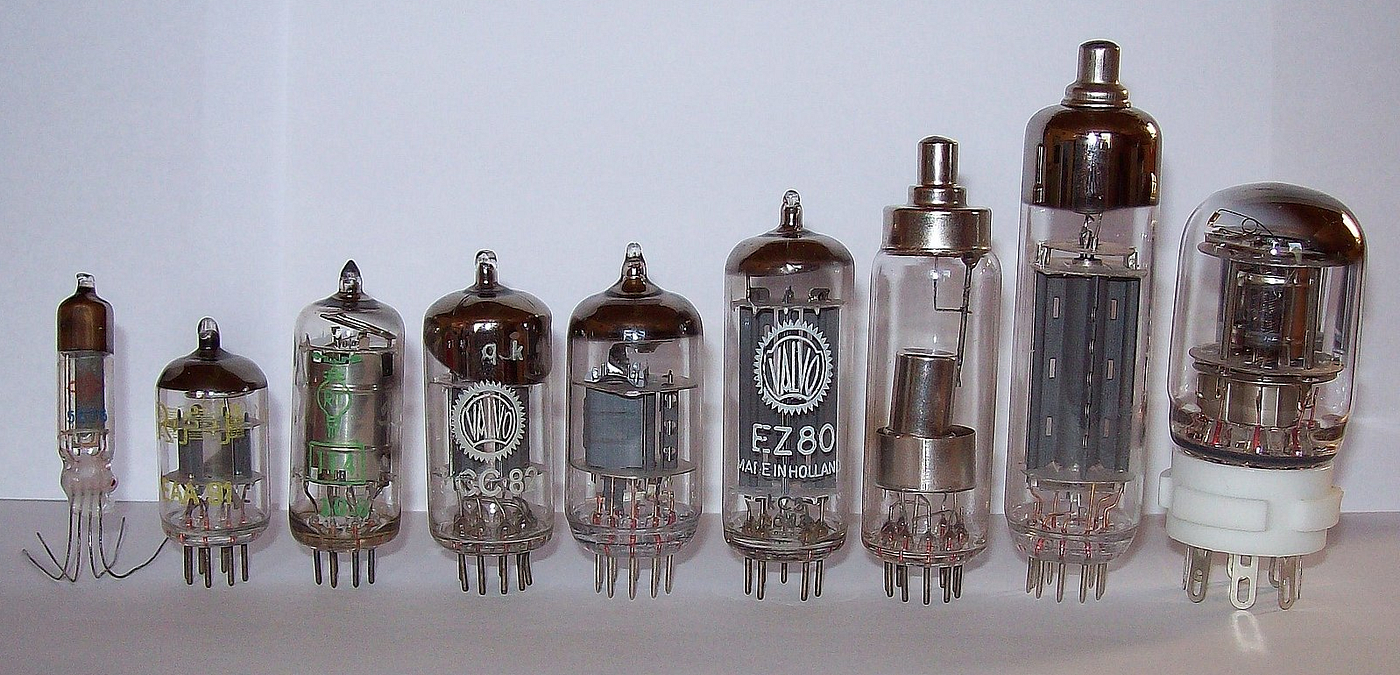 Tubes were large and struggled with reliability issues. Source: Wikipedia.
Tubes were large and struggled with reliability issues. Source: Wikipedia.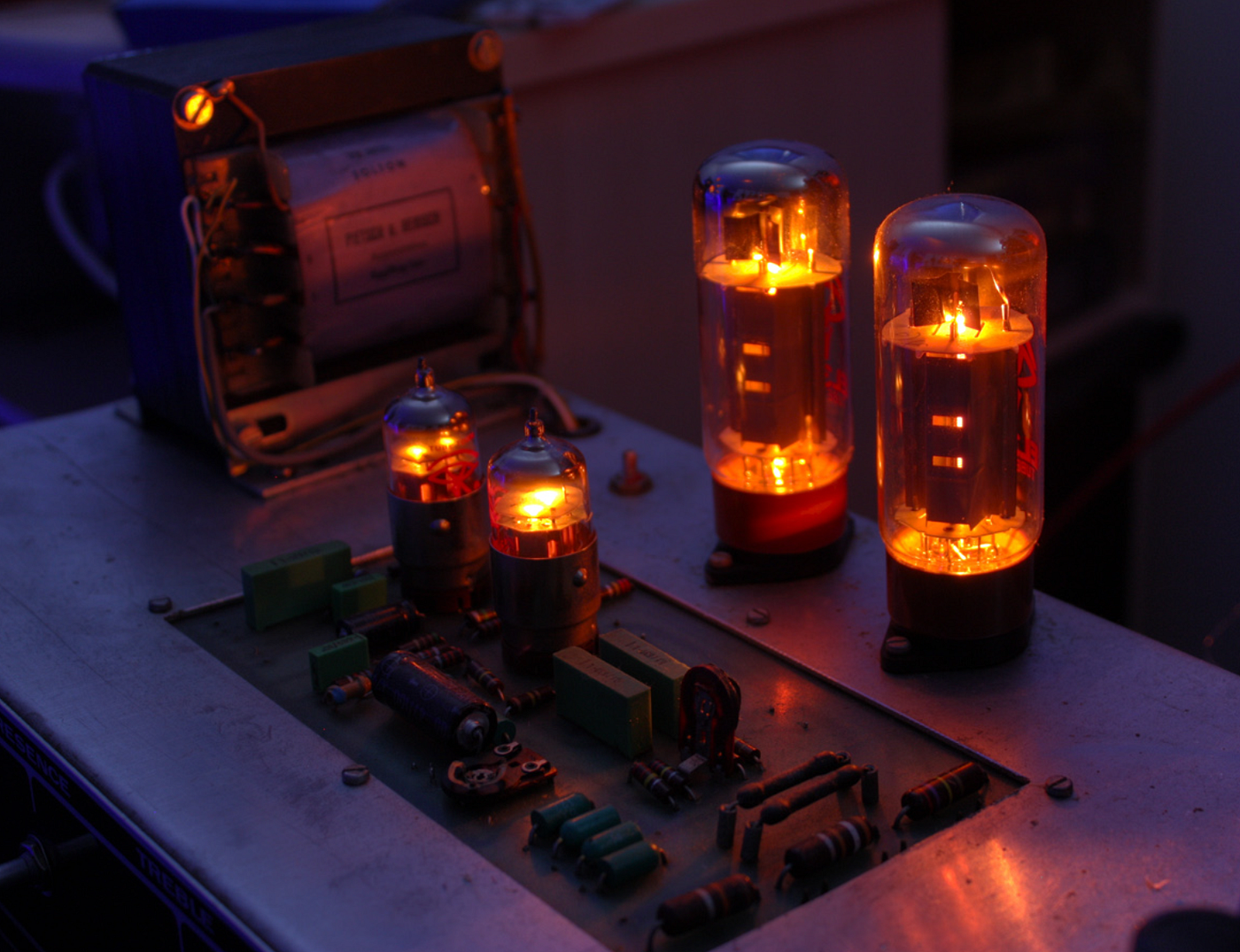 However they had a distinct aesthetic charm. Source: Wikipedia.
However they had a distinct aesthetic charm. Source: Wikipedia.
However these early electronics remained large and bulky, with little to be had in the way of portability. This is because these early devices relied on a early piece of technology known as the vacuum tube. Let’s ask Chat GPT for a quick explanation on what that is.
Input: Explain the purpose of a Vacuum Tube
Output: Vacuum tubes, also known as electron tubes or thermionic valves, are electronic components that were widely used in early to mid-20th century electronics before the advent of transistors and integrated circuits. They served several important purposes in electronic devices of that era:
1. Signal Amplification: One of the primary functions of vacuum tubes was to amplify weak electrical signals. By controlling the flow of electrons between two or more electrodes inside the vacuum tube, they could amplify audio and radio frequency signals. This made them essential components in early radios, televisions, and audio amplifiers. Vacuum tubes could provide significant signal amplification, improving the quality and strength of audio and radio signals.
2. Switching: Vacuum tubes could be used as electronic switches. When a small voltage was applied to the control electrode (usually the grid), it could control the flow of electrons between the cathode and anode, effectively acting as an electronic switch. This switching capability was used in early digital computers and in applications where precise control of electrical currents was required.
3. Oscillation: Vacuum tubes could generate high-frequency oscillations, which were crucial for radio transmission and reception. Devices like the triode oscillator and the tetrode oscillator were used to generate radio frequency signals. These oscillators were the heart of early radio transmitters and receivers.
4. Rectification: Vacuum tubes could be used as rectifiers to convert alternating current (AC) into direct current (DC). This was particularly useful in power supplies for electronic devices, as early electronics often required DC power to function properly. Rectifier tubes were common in power supply circuits.
5. Voltage Amplification: Vacuum tubes could also be used to amplify and stabilize voltage levels. Voltage regulator tubes helped maintain a constant output voltage in power supplies, which was important for the reliable operation of electronic equipment.
6. Microwave Amplification: In addition to audio and radio frequency applications, vacuum tubes were used in microwave devices, such as klystrons and magnetrons, which played a crucial role in radar technology during World War II.
While vacuum tubes were vital components in early electronic devices and played a significant role in the development of technology, they had certain limitations. They were relatively large, consumed a significant amount of power, generated heat, and were prone to failure. These drawbacks led to the development of semiconductor-based devices, such as transistors and integrated circuits, which were smaller, more efficient, and more reliable. As a result, vacuum tubes have been largely replaced in modern electronics, but they are still used in some niche applications, such as high-power amplifiers and certain specialized equipment.
So as we see, while the vacuum tube was essential for the development of these early technologies they came with significant limitations around reliability, size and easy implementation meaning that for technology to grow further we had to find a better way.
The first steps toward this new way occurred in 1947 when Bell Labs revealed a new technology that had been designed in house by three of its engineers. Known as the transistor this was a small embedded circuit that was able to act in a number of different ways, providing the first possible alternative to tube technology. While these early transistors were still quite large and would require further development, they provided and proved the concept of the integrated circuit, a transistor chip that would eventually hold hundreds of tiny transistors on a single chip.
Early transistors focused on communications technology, with research of the benefits to telephones, radios and other communication mediums conducted. It’s here we’ll pause a moment to look at some additional context. Regency TR-1 transistor radio.
Regency TR-1 transistor radio.
Early Consumer Adoption:
Like many of our features, to fully grasp the implementation of this technology we need to further understand the dynamic at the time.
It was early 1950’s America. Truman was still president and Sputnik had not yet been launched however the space race was approaching full swing. While television was growing, it had not reached mainstream adoption yet with around 20% of houses having access to a television set. And Silicon Valley, the hub of american innovation hardly existed at this point, requiring the adoption of the transistor to usher in the technologies that we are so familiar with today.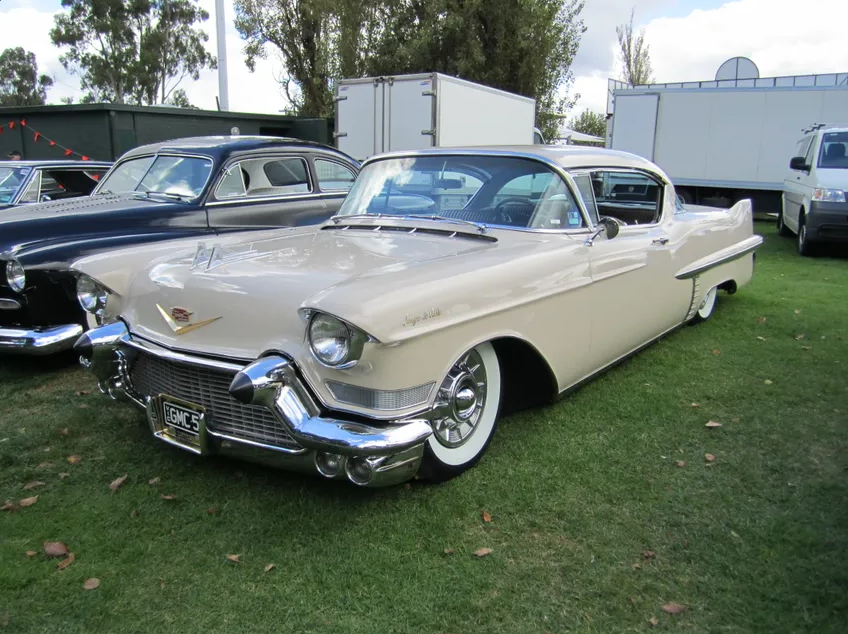 1950’s america was about big cars, consumerism and the rapid adoption of new technology. Source: Wikipedia.
1950’s america was about big cars, consumerism and the rapid adoption of new technology. Source: Wikipedia.
However the way society grew and entertained was rapidly changing. While the technology remained new, the increased focus on consumer goods and the american way of life meant that new innovations in media consumption and consumer goods showed that society in general was open to rapid, large scale adoption of new technologies
.
This came to a head in 1954 with the launch of the Regency TR-1 radio, the worlds first transistor radio.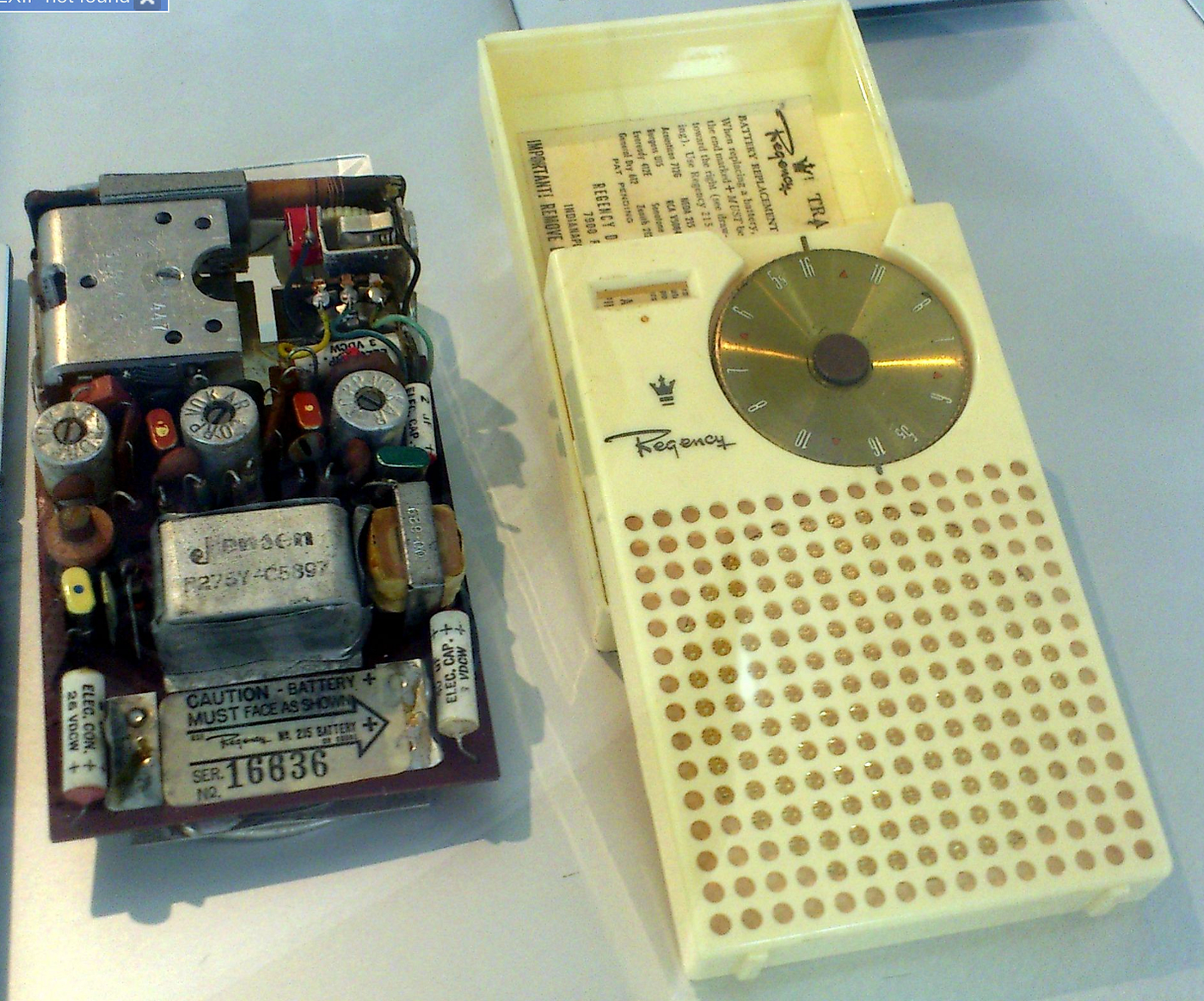 TR-1 Internals. Source: Wikipedia.
TR-1 Internals. Source: Wikipedia.
Providing an entertainment revolution, the TR-1 was designed by Texas Instruments and was a small, near pocket sized radio capable of AM reception. Sporting 4 of the new transistors the radio retailed at $49.99, a significant sum of money at the time. However the novelty and portability of the unit outweighed the cost and the TR-1 was extremely popular, with over 100,000 units being sold in the first year alone. TR-1 was also extremely efficient, with the circuitry drawing just 4 milliamps, allowing for over 20 hours of operating time from a single battery.
However while television existed, it would have to wait a while longer before being redesigned with transistors.
The Next Steps: Television, Medical & Space
The next stage into mass adoption would come into the 60’s as the technology became cheaper to produce and demands for transistor based electronics began to peak.
In the civilian world, this revolved around television, music and other consumer devices and as it expanded grew into things like personal computers and entertainment as well.
However the next steps would be provided by the commercial world with two sectors in particular providing the next steps. Aerospace & Medical.
The medical sector was the first to take charge. Coming out of WW2, new innovations in battlefield medicine had taken hold, and the transistor was perfectly situated to take advantage of this. With the Manhattan project providing a whole new field of medicine known as nuclear medicine. Imaging, Diagnosis and Pathology all benefited from this new tech, with a slew of innovations providing an increase in life expectancy, accuracy of diagnosis and further improvements in patient management.
We still see benefits from this today with the ability to manufacture anti-biotics, vaccines and a vast array of drugs for different purposes.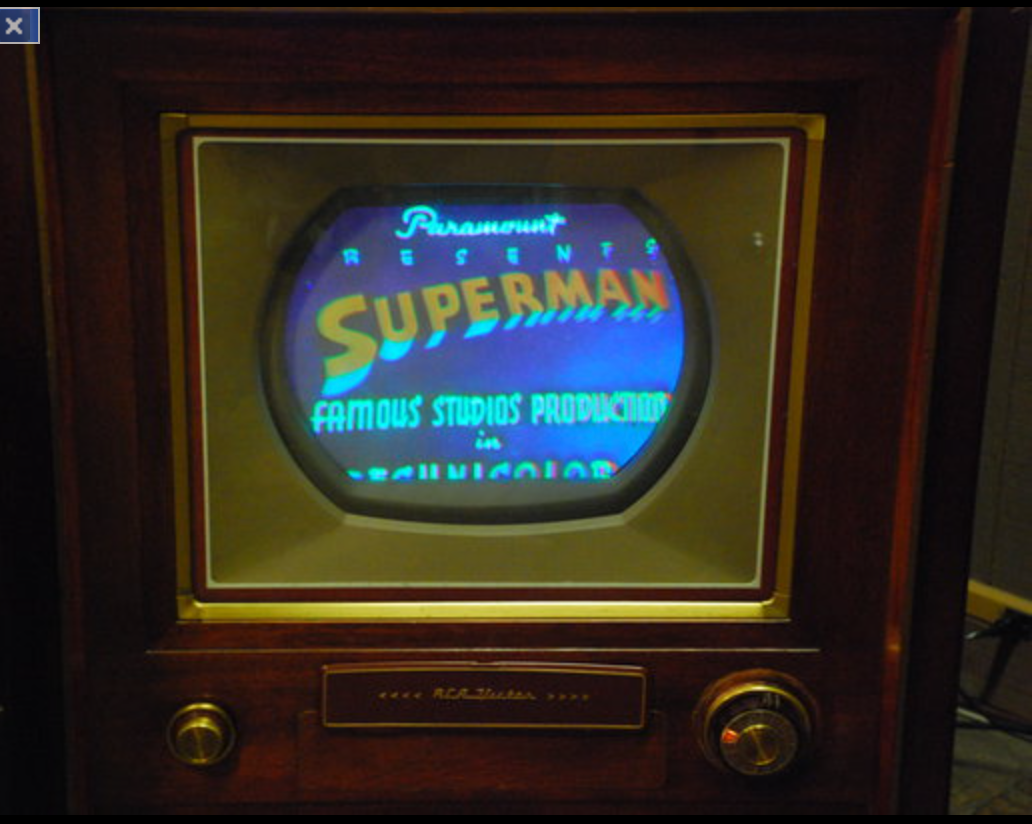 CT-100 was one of the first, transistorized color televisions. Source: Wikipedia.
CT-100 was one of the first, transistorized color televisions. Source: Wikipedia.
Next up was aerospace, with the space race providing rapid technological innovations in a short period of time. We went from satellites with simple beacons to full blown linked communication systems, which you can read about in this piece.
The benefits to society were immediate, with tangible benefits in entertainment, news and worldwide connectivity all seen, meaning we were taking the first steps toward ushering in the connected world that we are so familiar with today. Probably the peak of this era, would be NASA’s Apollo missions, with technology harmonizing to provide clear audio communications as well as a slow scan television link of the landings that was broadcast capable, allowing the whole world the chance to see man’s first steps on the moon. This chance was not missed, and over 500 million people tuned in worldwide. This was a new record for live broadcasting at the time.While the moon landing was in black and white, transistors allowed for the whole thing to happen. Source: NewYorkTimes.
In fact, technology was evolving so rapidly at the time that while over half a billion people tuned in for the first landing, by the time of the 8th mission in 1971 the general public had lost some of it’s interest seeing moon activities beyond that point as “routine”.
Moore’s Law & Integrated Circuits
Regardless of the early innovations of the transistor the technology evolved into the 80’s and 90’s into today is vastly different today than it was back then and there’s one important reason why. In fact, it’s so important that writing a piece such as this without touching on it is doing our readers a disservice.
If you’re a general technology fan or work in computing you may be familiar with a law called Moore’s law.
Moore’s Law is the observation made by Gordon Moore in 1965 that the number of transistors on a microchip roughly doubles every two years, leading to exponential growth in computing power and a decrease in the cost of electronics. It has been a driving force behind the rapid advancement of technology and the miniaturization of electronic devices.
It’s this very law that has been fundamental in driving the shift toward the electronics of today and has enabled our computing revolution to take hold, allowing us to build smartphones, laptops and other essential pieces of technology we see every day.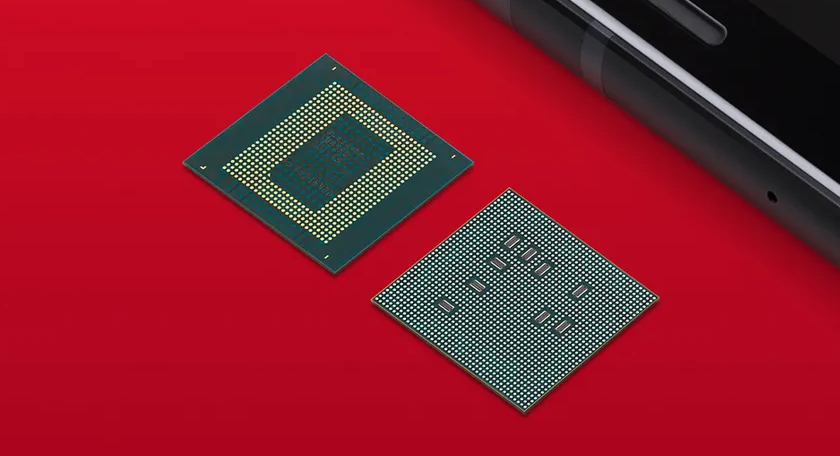 Snapdragon 7nm chip. Source: AndroidAuthority.com
Snapdragon 7nm chip. Source: AndroidAuthority.com
While our early transistors were measured in micrometers Moore’s law means the transistors of today evolved to be measured in nano meters, often measuring less than the width of a human hair.
As you’d expect while improvements of this nature can be sustained over long duration they obviously won’t last forever and finally with the evolution of 5nm chips we appear to see a slowing of Moore’s law. However for the time being, it will stay relevant to the evolution of our future chips. Beyond that?? Time will tell.
Medium has recently made some algorithm changes to improve the discoverability of articles like this one. These changes are designed to ensure that high-quality content reaches a wider audience, and your engagement plays a crucial role in making that happen.
If you found this article insightful, informative, or entertaining, we kindly encourage you to show your support. Clapping for this article not only lets the author know that their work is appreciated but also helps boost its visibility to others who might benefit from it.
🌟 Enjoyed this article? Support our work and join the community! 🌟
💙 Support me on Ko-fi: Investigator515
📢 Join our Telegram channel for exclusive updates or.
🐦 Follow us on Twitter
🔗 Articles we think you’ll like:
- Software Defined Radio & Radio Hacking
- What the Tech?! Personal Computers
✉️ Want more content like this? Sign up for email updates here


































